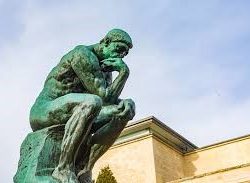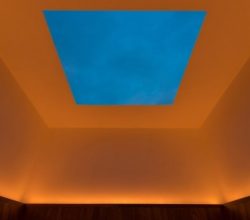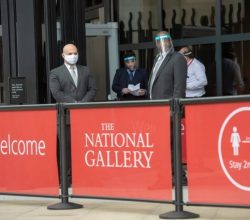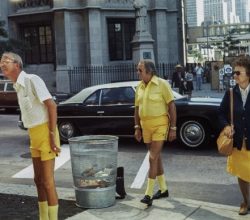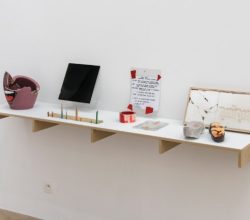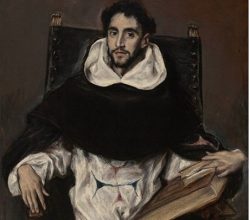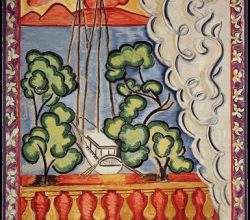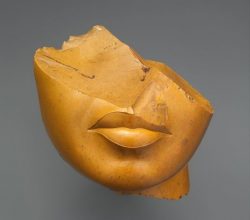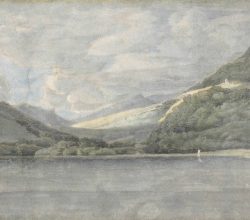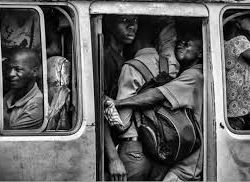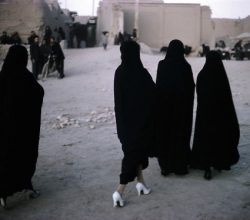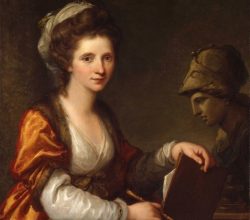
The meteoric rise of Angelica Kauffman RA
Jenny Uglow | Royal Academy | 2nd July 2020
This show calls Kauffmann a “superwoman and influencer”. Quite! Swiss born, she trained in Rome before moving to London. There, her insightful portraiture chimed with the new interest in “the ‘self’, in the gap between … face and heart”. Made a founding member of the Royal Academy of Arts in 1768, she subsequently returned to Rome wealthy and “the most famous female artist in the age of Enlightenment”. Images are here.

